Tencel vs Polyester: The Ultimate Guide to Sustainable Fabrics
When it comes to choosing fabrics for our clothing and home textiles, it’s essential to consider their environmental impact. Two popular options often compared are Tencel vs polyester.
Each has its pros and cons, and understanding these can help you make more eco-friendly choices. We’ll dive into what makes Tencel and polyester unique, their environmental footprints, and how they fit into a sustainable lifestyle. So, let’s get started on this journey to make our wardrobes greener, one fabric at a time!
What Is Tencel?
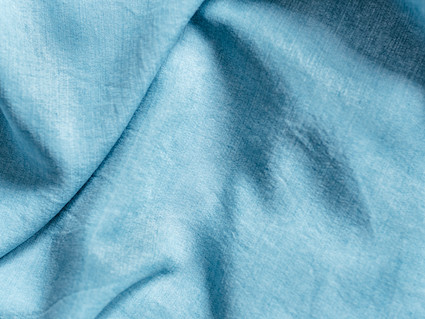

Tencel is a brand name for a type of lyocell, which is a fiber made from the cellulose found in wood pulp. It’s produced mainly from eucalyptus trees, beech trees, and spruce trees. These trees are grown in sustainably managed FSC-certified forests, ensuring that the wood is sourced responsibly and with minimal environmental impact.
One of the most remarkable aspects of making Tencel is its closed-loop production process. During manufacturing, the wood pulp is dissolved in non-toxic solvents, and the cellulose is then spun into fibers. This process recycles 99% of the solvent, significantly reducing waste and emissions.
Tencel is known for its silky-smooth texture, making it incredibly comfortable to wear. It’s also a highly versatile fabric and used in everything from clothing and bed linens to activewear and denim. Its moisture-wicking properties and breathability make it a favorite for eco-conscious consumers who don’t want to compromise on comfort.
What Is Polyester?
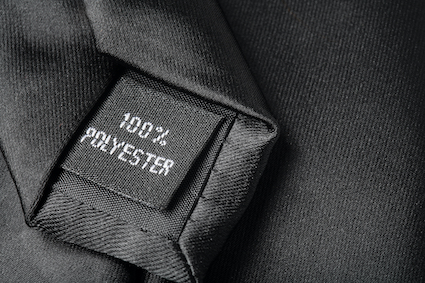

Polyester is a synthetic fabric that has been a staple in the textile industry since its development in the mid-20th century. Made from petrochemicals, it’s known for its durability, versatility, and affordability. However, its environmental impact is a significant consideration for those of us committed to sustainable living.
Polyester is made from polyethylene terephthalate (PET), a type of plastic derived from petroleum. This means it’s non-renewable and energy-intensive to produce, contributing to carbon emissions and dependence on fossil fuels.
Related: What Is Nylon and Is it Eco-Friendly?
One of polyester’s main advantages is its strength and durability. It resists stretching, shrinking, and wrinkling, making it a practical choice for a wide range of applications, from clothing and home textiles to outdoor gear and industrial uses. It also has moisture-wicking properties and retains its color and shape over time.
However, despite its functional benefits, polyester has significant environmental drawbacks. The production process involves harmful chemicals and high energy consumption. Additionally, polyester is not biodegradable, meaning it can persist in the environment for hundreds of years, contributing to landfill waste and pollution.
Another critical issue is the shedding of microfibers. When polyester garments are washed, tiny plastic fibers are released into the water system, eventually making their way into oceans and waterways, harming marine life and ecosystems.
Tencel vs. Polyester: Comfort
When it comes to comfort, both Tencel and polyester offer distinct experiences. Understanding these differences can help you choose the best fabric for your needs.
Tencel:
- Softness: Tencel is renowned for its silky-smooth texture, which feels gentle against the skin. This makes it an excellent choice for fabrics that are worn close to the body, like underwear, t-shirts, and bed linens.
- Breathability: One of Tencel’s standout features is its breathability. The fabric allows air to circulate, helping to keep you cool and comfortable. This makes it ideal for hot weather or for hot sleepers who tend to overheat at night.
- Moisture-Wicking: Tencel fibers are highly absorbent and wick moisture away from the skin. This helps keep you dry and prevents the fabric from feeling clammy, which is particularly beneficial for activewear and sleepwear.
- Hypoallergenic: Because of its natural origins and smooth fibers, Tencel is less likely to cause irritation or allergies, making it a great option for those with sensitive skin.
Related: Is Bamboo Eco-Friendly? Here’s What You Need to Know!
Polyester:
- Durability: Polyester is incredibly durable and resistant to stretching, shrinking, and wrinkling. While this doesn’t directly affect comfort, it does mean that polyester garments maintain their shape and fit over time, which can contribute to long-term comfort.
- Moisture-Wicking: Like Tencel, polyester is also good at wicking moisture away from the body. This quality makes it a popular choice for athletic wear and outdoor clothing, where staying dry is crucial.
- Breathability: While polyester is breathable, it doesn’t quite match Tencel’s ability to allow air circulation. This can sometimes make polyester feel less comfortable in high temperatures or humid conditions, as it might not cool as effectively.
- Texture: The feel of polyester can vary significantly depending on its finish. It can range from soft and smooth to slightly rough or plastic-like, which can affect overall comfort. In general, polyester is less soft than Tencel.
Overall, Tencel tends to offer superior comfort due to its natural softness, breathability, and moisture-wicking properties. Polyester, on the other hand, provides excellent durability and quick-drying capabilities but might not be as comfortable in terms of texture and breathability.
Tencel vs. Polyester: Environmental Impact
Understanding the environmental impact of Tencel and polyester can help you make more eco-friendly choices. Here’s a detailed comparison of how each fabric affects the planet.
Tencel:
- Sustainable Sourcing: Tencel is made from wood pulp sourced from sustainably managed forests. These forests are often FSC-certified, ensuring responsible forestry practices that protect ecosystems and biodiversity.
- Production Process: Tencel is produced using a closed-loop process. The solvent used to dissolve the wood pulp is non-toxic and 99% of it is recovered and reused, minimizing waste and environmental contamination. This process is more environmentally friendly compared to many other textile manufacturing methods.
- Biodegradability: Tencel is biodegradable and compostable. At the end of its life cycle, Tencel fibers can break down naturally, reducing the amount of waste that ends up in landfills.
- Carbon Footprint: The production of Tencel generally has a lower carbon footprint compared to synthetic fibers. The process requires less energy and emits fewer greenhouse gases, contributing to a smaller overall environmental impact.
Related: Everything You Need to Know About the Sustainability of Cork
Polyester:
- Synthetic Origins: Polyester is made from petrochemicals, which are derived from non-renewable fossil fuels. The extraction and processing of these raw materials are energy-intensive and contribute significantly to carbon emissions and environmental degradation.
- Production Process: The manufacturing of polyester involves the use of harmful chemicals and generates a considerable amount of pollution. The process is not closed-loop, meaning that many of the chemicals used are not recovered and can contaminate the environment.
- Non-Biodegradability: Polyester is not biodegradable. It can take hundreds of years to break down in the environment, contributing to the growing problem of plastic pollution. Polyester garments that end up in landfills persist for a very long time, adding to waste management challenges.
- Microplastics: One of the significant environmental concerns with polyester is the shedding of microfibers. When polyester fabrics are washed, tiny plastic fibers are released into the water system. These microplastics can make their way into oceans and waterways, harming marine life and ecosystems.
- Recycled Polyester: There is an effort to mitigate some of polyester’s environmental impact by using recycled polyester, made from post-consumer plastic bottles and other PET waste. While this reduces waste and the demand for new petrochemicals, recycled polyester still sheds microplastics and is not biodegradable, so it does not entirely solve the environmental issues.
Different Uses of Tencel and Polyester


Both Tencel and polyester are versatile fabrics used in a variety of applications. Here’s a closer look at how each of these materials is utilized in different products and industries.
Tencel:
- Clothing: Tencel is widely used in the fashion industry for its softness and comfort. It’s common in T-shirts, blouses, dress shirts, dresses, skirts, activewear, underwear, and more.
- Home Textiles: Tencel is increasingly popular in home textiles, including bedding, towels, upholstery, and curtains.
- Medical Textiles: The hypoallergenic and antibacterial properties of Tencel make it suitable for medical applications such as bandages, dressings, and hospital linens.
Related: Cotton vs Microfiber- Which One Is More Eco-Friendly?
Polyester:
- Clothing: Polyester is a staple in the apparel industry due to its durability and versatility. It’s used in casual wear, activewear, and outerwear.
- Home Textiles: Polyester is prevalent in home textiles because of its durability and ease of care. This includes carpets, rugs, bedding, upholstery, and curtains.
- Industrial Applications: Polyester’s strength and versatility make it suitable for various industrial uses, such as automotive fabrics, safety gear, and packaging.
- Everyday Items: Polyester is found in numerous everyday items, including bags, backpacks, and outdoor gear.
Where to Find Tencel Products
Tencel garments and home goods are becoming increasingly popular as more people seek sustainable and eco-friendly alternatives. Fortunately, that means it’s becoming easier and easier to find Tencel items in various places. Here are some places where you can shop for Tencel products:
- Tentree: Tencel lyocell is just one of the many sustainable fabrics Tentree uses to make their soft and stylish clothing. Best of all, for every item purchased, Tentree is able to plant 10 trees to help with vital reforestation projects around the world.
- Toad&Co: Toad&Co has an impressive selection of sustainable clothing for men and women made from eco-friendly fabrics like organic cotton, hemp, and Tencel. They’re also a proud member of 1% for the Planet and committed to making this planet a better place for all.
- Allbirds: Allbirds might be known for their comfortable and sustainable shoes, but they also offer apparel made from Tencel. This includes socks, shirts, hoodies, and pants.
- Patagonia: If you’re looking for eco-friendly outdoor gear, you absolutely can’t beat the selection from Patagonia. This company has always been at the forefront of sustainable outdoor clothing and gear. They’re also committed to environmental conservation and ethical manufacturing practices.
- Organic Basics: When it comes to soft and sustainable basics like underwear, bras, socks, pajamas, T-shirts, and bottoms, you absolutely can’t beat the selection available at Organic Basics. Along with an excellent collection of Tencel clothing, Organics Basics also offers options made from organic cotton and other sustainable fabrics.
- Made Trade: If you’re searching for home textiles made with Tencel, Made Trade has you covered. This includes Tencel sheets, comforters, blankets, pillowcases, mattress protectors, and more. Plus, you’ll find an outstanding collection of stylish clothing!
Understanding the Difference Between Tencel and Polyester
When it comes to clothing and home goods, polyester might be a common option because it’s durable and affordable. However, its environmental impact, particularly regarding microfibers and non-renewable resources, is a significant consideration.
Tencel stands out for its eco-friendly production, biodegradability, and exceptional comfort. It’s a fantastic choice for those who prioritize sustainability and natural fibers without sacrificing quality and softness.
By understanding the differences between Tencel and polyester, you can make more informed decisions that align with your lifestyle and values.
More Helpful Tips on Eco-Friendly Living
Did you find this guide on Tencel vs polyester informative? Are you searching for additional tips that can help you live a more eco-friendly life? Then please be sure to take a look at some of our other popular posts:
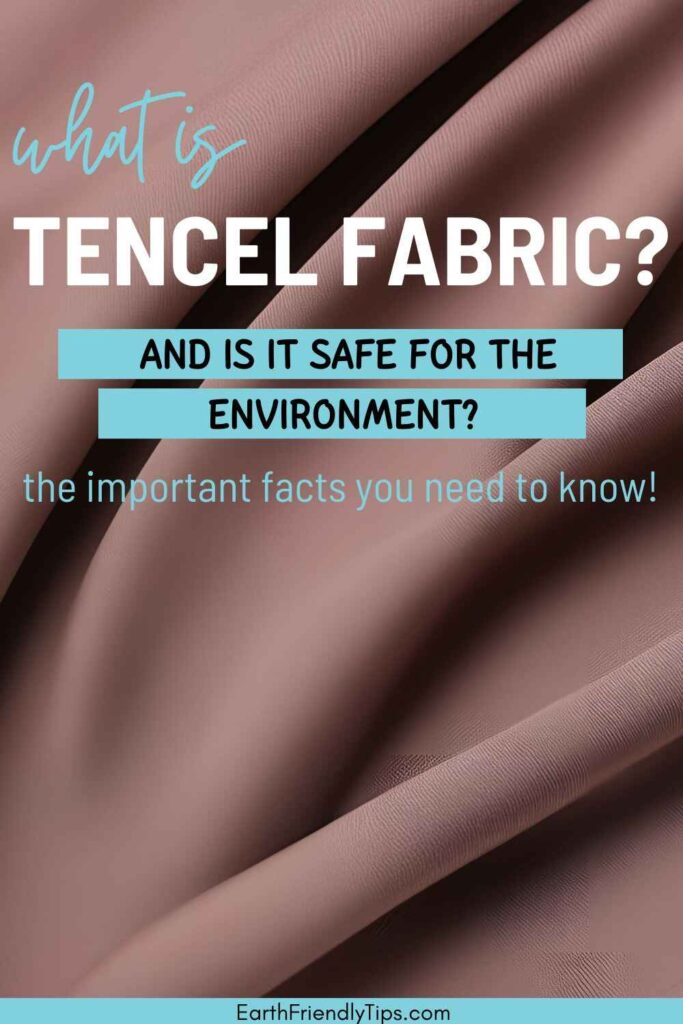

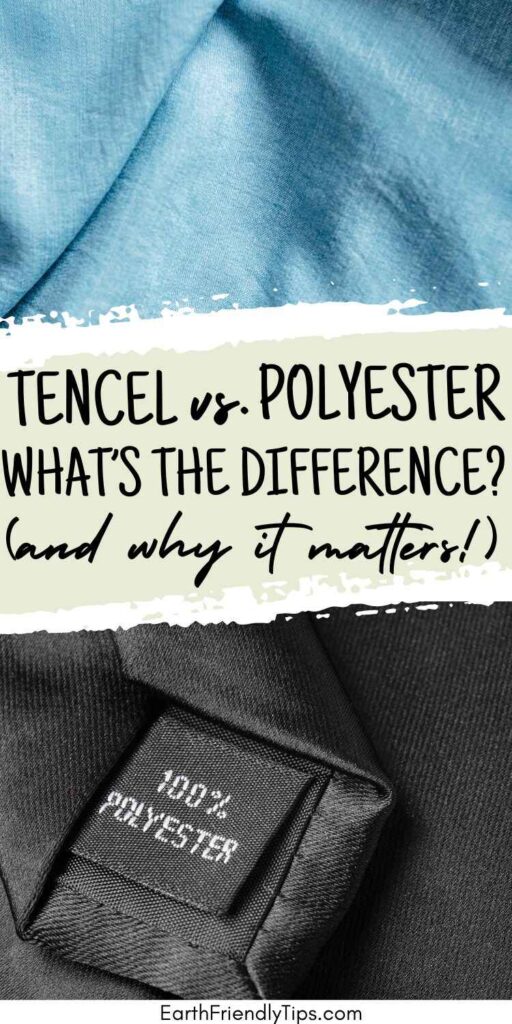

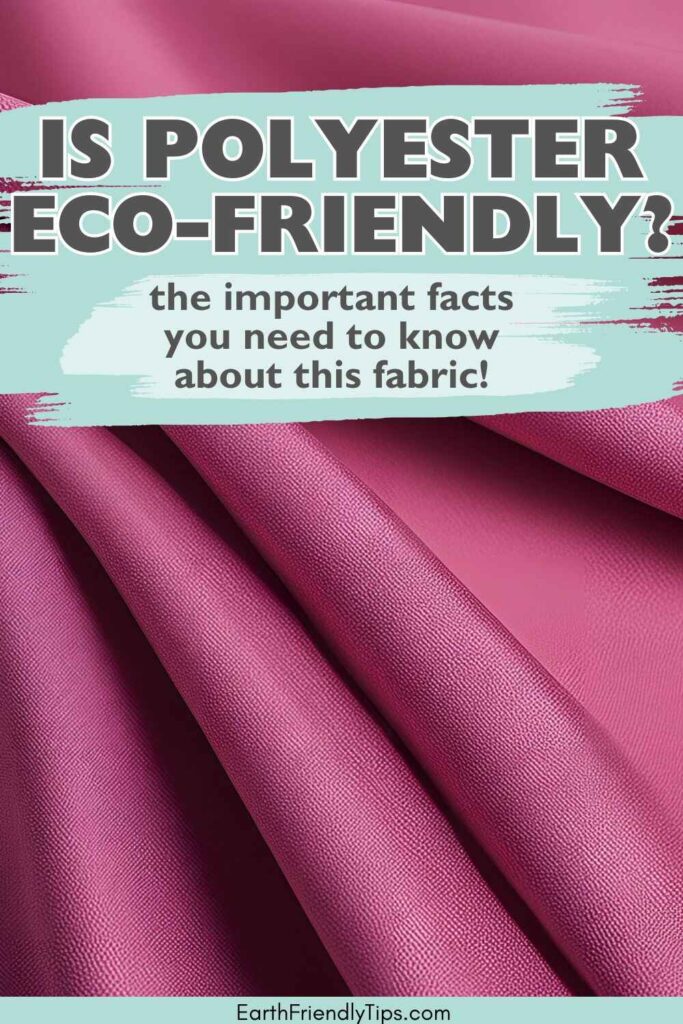

Leave a Reply